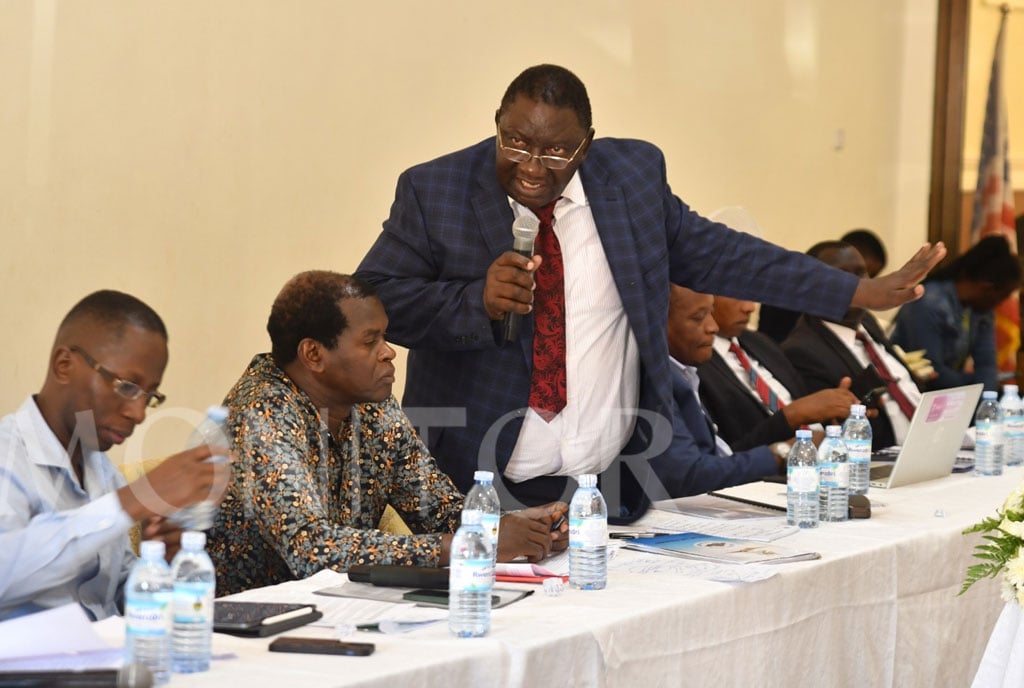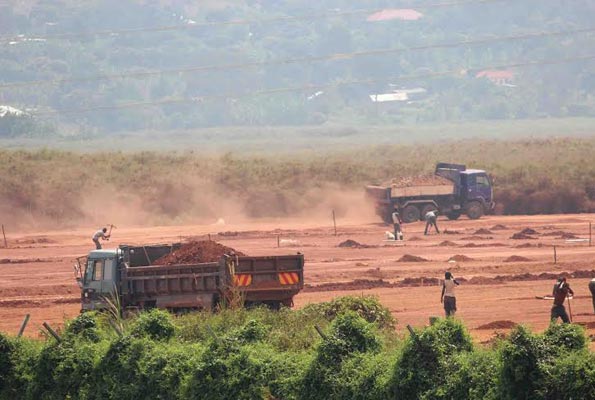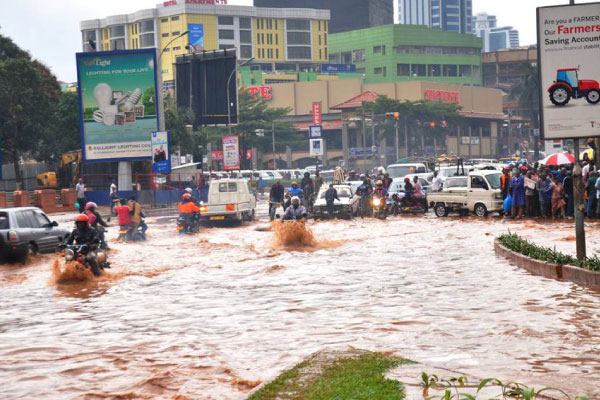You’re to blame for devastating effects of floods, minister tells Ugandans
What you need to know:
- The ministry demands that more is done at all stakeholder levels to meet the 2040 National Development Plan target of having 12 percent wetland coverage to respond to ongoing threats and pressures especially of climate change.
The minister of Water and Environment says Ugandans should to stop complaining about the devastating effects of floods because they encroached on the wetlands which would have acted as water catchment areas.
Mr Sam Cheptoris told journalists at the Media Centre in Kampala that several Ugandans have interfered with the echo system and degraded the wetlands that should have minimized the impact of floods especially in Kampala city.
“When I hear people complaining that our houses are being washed away by floods, I wonder! Floods have no eyes that when they are moving, they are looking for their homes. We are experiencing frequent flooding and loss of property, prolonged drought, drying of springs and wells because we have degraded our wetlands,” Mr Cheptoris said.
He added: “When we interfered with Namanve, you can see, the roads are flooded whenever it rains. Before, the water would just flow away and we would have peace.”
According to him, one of the ministry’s major challenges was court injunctions secured by encroachers seeking to block evictions.
READ:
“If we do not manage wetlands judiciously, the future is not certain for the coming generation. With climate change, we shall continue having more and more rain and this water must have where to go. The people degrading the wetlands are Ugandans. Somebody thinks putting up a 1B structure is more important than the wetland. That building will only benefit a few,” he said.

The minister of Water and Environment, Mr Sam Cheptoris.
The minister said whereas they have a directive from the president to evict those on wetlands, there are considerations for alternative sources of livelihoods like establishing fish ponds in the periphery of the wetlands as seen in Pallisa and other simple irrigation schemes.
READ:
This, he said would ensure that the wetlands continue to serve their purpose of water purification among others in the biodiversity system.
Wetland coverage in Uganda has reduced from 13 percent in 1994 to the current 8.9 per cent. The degradations have mainly occurred in central Uganda especially in Kampala and Wakiso districts, according to ministry officials.
Whereas over 8,000 hectares of wetlands have been reversed countrywide, close to 40,000 hectares have been lost since 1994.
The ministry demands that more is done at all stakeholder levels to meet the 2040 National Development Plan target of having 12 percent wetland coverage to respond to ongoing threats and pressures especially of climate change.
Uganda has a unique type of wetland called Peat lands which stores up to 30 percent of land based carbon. It can help in mitigating increased global warming and has been known to store more carbon than all other vegetation types in the world combined.






